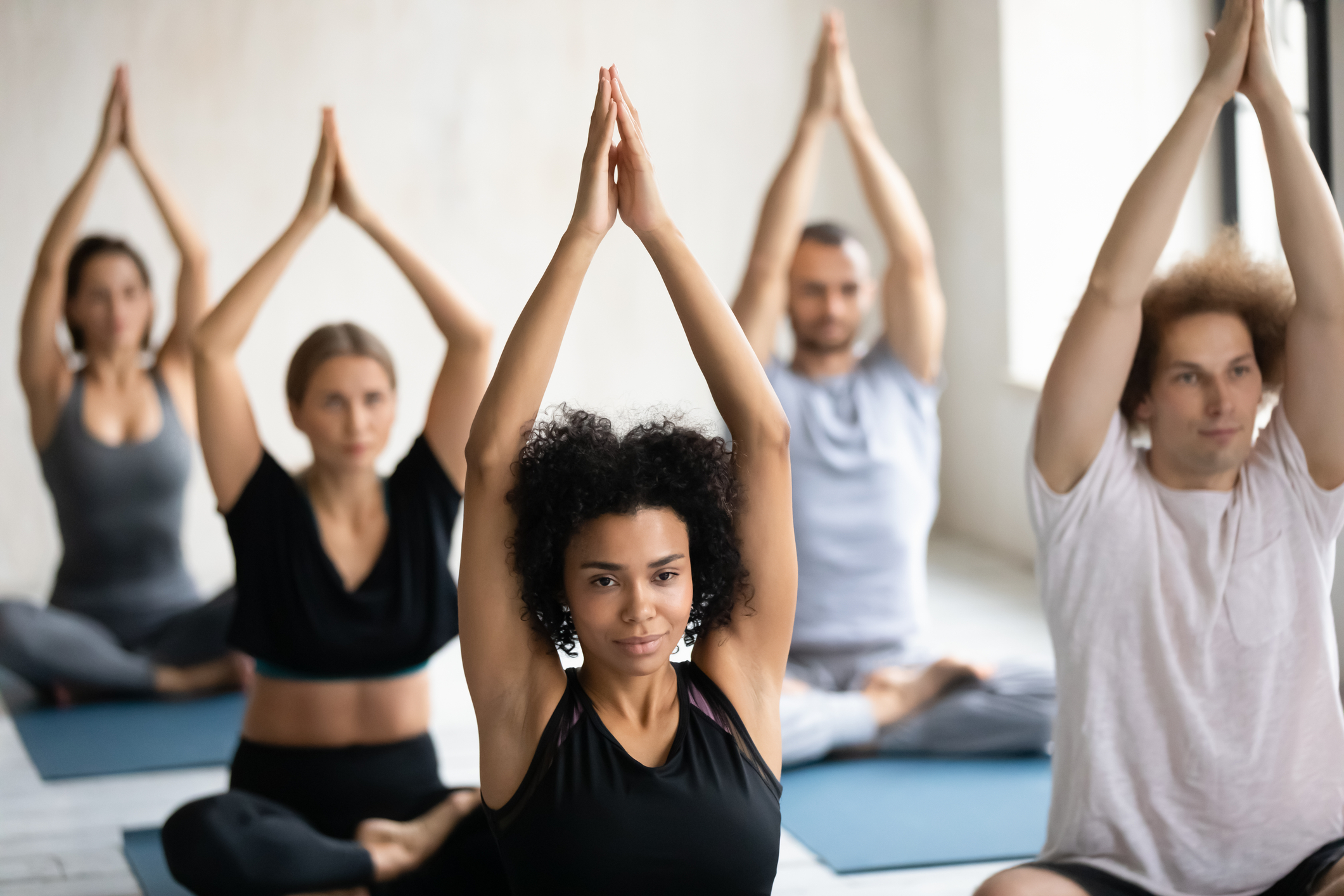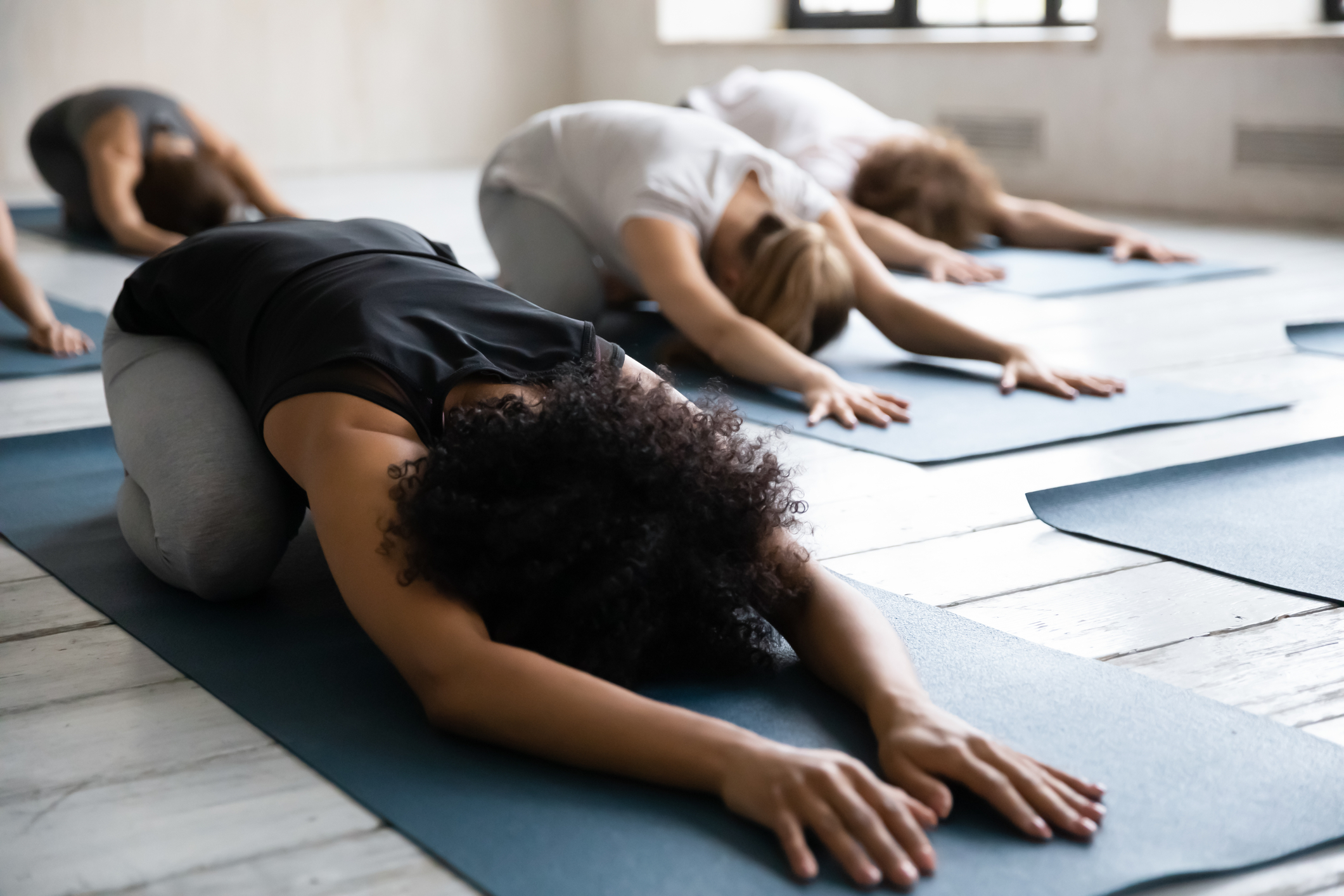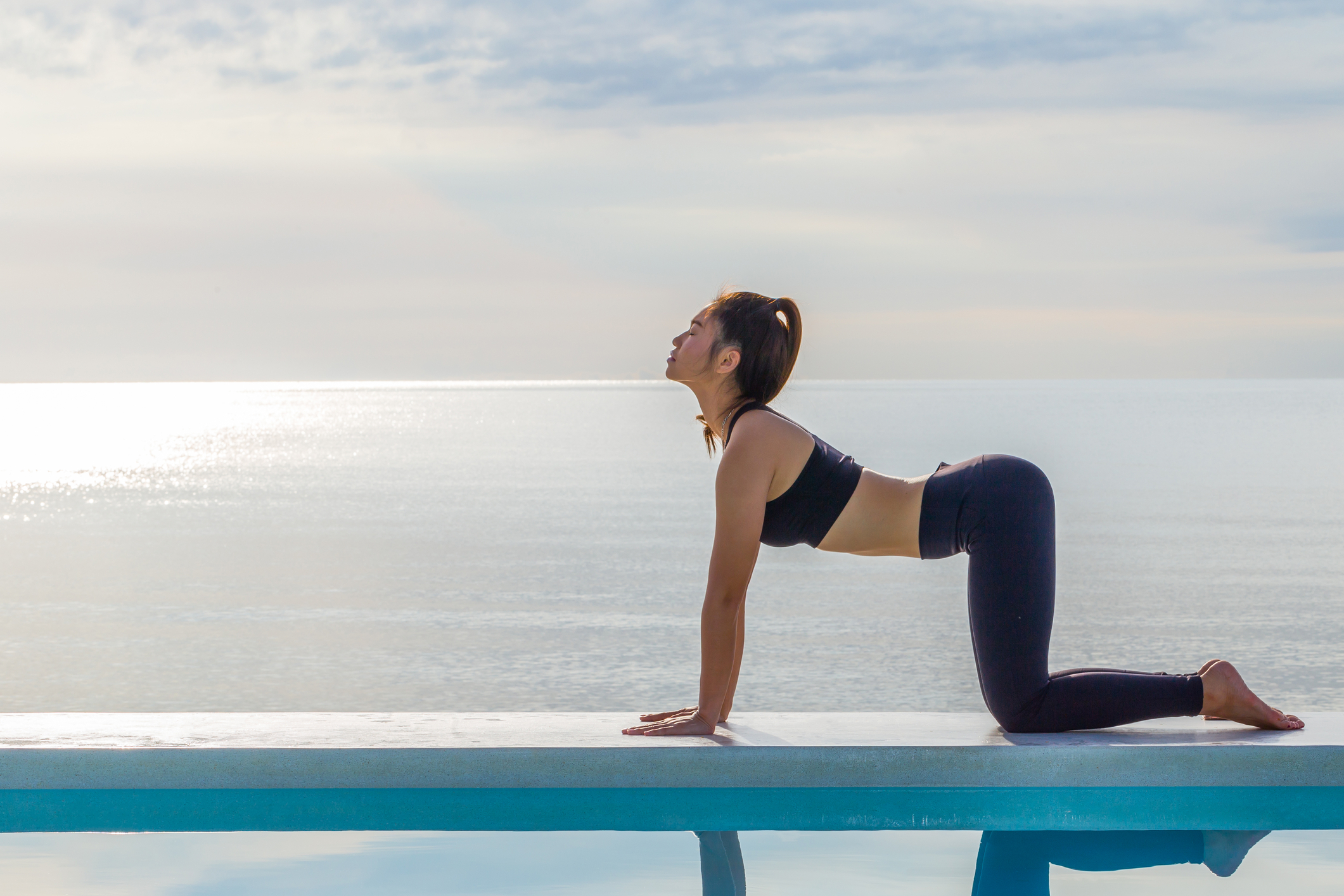Five Transformative Yoga Techniques to Boost Your Posture
Typically, yoga routines begin with the Mountain Pose, a simple yet formidable posture that is fantastic for bolstering physical strength and improving posture. The stance requires standing tall, feet together, hands at your hips, and eyes forward. This pose might seem mundane, but even the simplest poses can introduce transformative changes. As you breathe in and out, try to elongate your torso and align your body.
The Mountain Pose is not just about standing still—it's about grounding yourself and physically rooting to the Earth beneath you. This pose encourages one to keep their spine straight, shoulders back and relaxed, and core tightened up. It's this engagement of the body's central muscles that allows for the development of a strong and healthy posture.
Aside from providing strength and excellent posture, the Mountain Pose also teaches stillness and an awareness of one's body, setting the stage for the rest of your yoga session. Adopting this pose at the beginning and end of your practice can help solidify these benefits.
Warrior II for Balance

The Warrior II pose is an essential yoga posture for anyone aiming to improve their balance and posture. It enhances the body’s natural alignment while toning the legs, strengthening the core, and opening up the chest—perfect for individuals prone to hunching over.
This pose requires standing with legs spread wide apart, one foot facing forward and the other turned outwards. The arms stretch out towards either side, parallel to the ground, while you gaze over your front hand. While the pose requires concentration to maintain, it's that continued focus that enhances mind-body coordination and balance.
The Warrior II pose is not just a physical pose but a spiritual one, symbolizing inner strength and a combat-ready spirit. It's this integration of physical and mental fortification that makes it so effective in overall body strengthening and posture correction.
Tree Pose for Stability

The Tree Pose is a balancing posture that promotes stability and poise—core elements of good posture. It requires you to stand on one foot and place the sole of your other foot against your inner thigh with hands pressed together at heart level.
The Tree Pose aids in strengthening the ligaments and tendons of the feet, resulting in improved balance and a firmer, more confident gait. Additionally, the upright position of this pose benefits the alignment of the spine and helps enhance body awareness.
The Tree Pose not only encourages physical stability, but it also cultivates a sense of calm, inner balance, and focus. This pose is also said to symbolize the tranquility and steadiness of the tree—a perfect reminder of what regular yoga practice can bring.
Child's Pose for Flexibility

The Child’s Pose is a simple, restorative posture aimed at increasing flexibility—a fundamental aspect of good posture. This asana requires one to kneel down, bend forward, and extend their arms in front of them, with the forehead resting on the ground if possible.
A wonderful decompressing stretch, this pose provides an excellent counterbalance to back-straightening postures by offering a deep, gentle stretch to the back muscles, thereby promoting flexibility and relieving any tension or strain in the spine.
Moreover, the pose is also about surrender and rest, about grounding oneself, and soothing the mind in the middle of a challenging yoga sequence. Hence, this pose is practiced to aid not just in physical posture improvements but in stress and anxiety relief as well.
Sphinx Pose for Spinal Alignment

The Sphinx Pose, named for its similarity to the mythical creature, is beneficial for realigning the spine and promoting healthier posture. To perform the pose, one must lie on their stomach, prop their upper body on their forearms, and gently lift their head and chest.
This pose provides a comfortable backbend, which allows for a stretch along the abdomen and a gentle compression of the lower back. This combination helps to realign the spine and maintain its natural curvature—key components of good posture. Furthermore, the Sphinx Pose also strengthens the back muscles to support this alignment.
The importance of the Sphinx Pose extends beyond physical benefits. It is said to symbolize the sphinx's qualities of wisdom and patience, indicating that yoga promotes both physical well-being and mental growth. By regularly practicing these yoga techniques, you can support and improve your posture, contributing significantly to your overall health in the process.